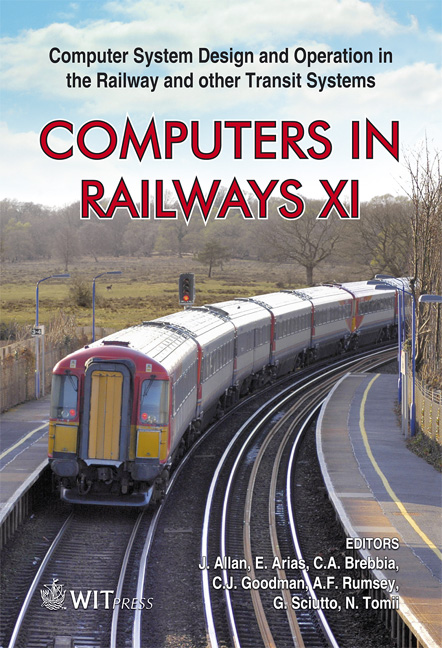Adapting The CIM Model To Describe Electrified Railway Systems
Price
Free (open access)
Transaction
Volume
103
Pages
10
Page Range
381 - 390
Published
2008
Size
331 kb
Paper DOI
10.2495/CR080381
Copyright
WIT Press
Author(s)
R. Santodomingo, E. Pilo, J. A. Rodríguez-Mondejar & M. A. García-Vaquero
Abstract
The Common Information Model (CIM) is a standard based on UML that is used to precisely describe electric networks. It has been developed by the electric power industry to allow an easy exchange of information between different IT platforms and different companies. Practical implementation of the CIM model uses XML for data exchanging and thus benefits of the XML advantages (portability, extendibility, human readable…) as its syntax checking mechanisms (well formedness check and validation against schemas). This paper presents an adaptation of the CIM that has been developed to describe the railway systems facilities and components which are not included in the CIM model, such as: DC Traction Substation and Neutral Zone. This model is intended to be used as a standard exchange format between control centres (normally developed by different companies) of the Spanish railway infrastructure manager (ADIF). This development will significantly enhance the interoperability of different control centres and thus improve the robustness of the railway network. Keywords: railway systems, power supply, interoperability, control centres, CIM. 1 Introduction An Energy Management System (EMS) consists of different applications intended to remotely manage an electric power system [1]. To optimize the correct operation of the EMS, these applications need to exchange information about the electric system in the simplest way possible. This implies the creation
Keywords
railway systems, power supply, interoperability, control centres, CIM.





